Reliability Culture: Why It Starts with People, Not Procedures
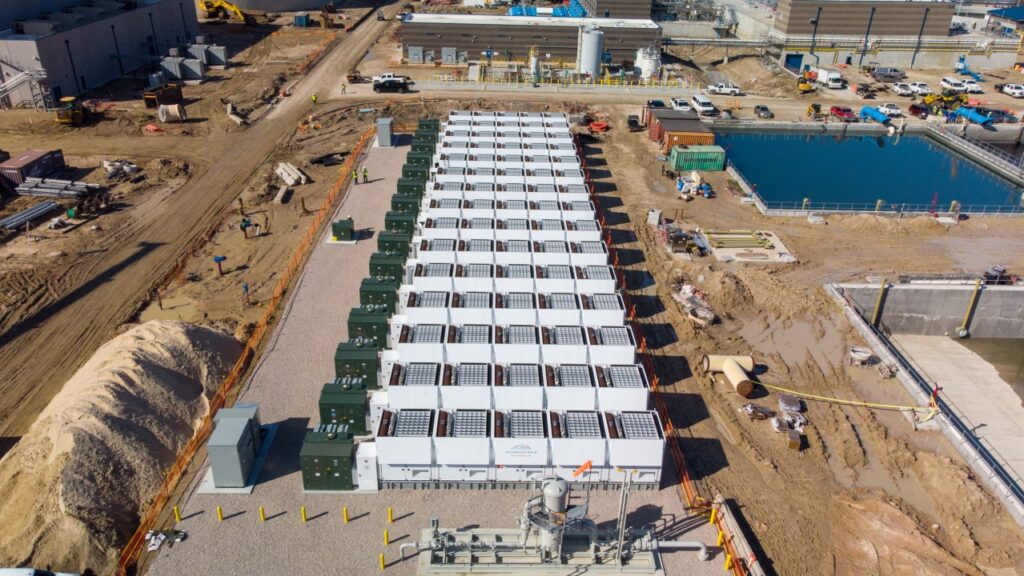
In operations and maintenance, we often rely heavily on checklists, preventive maintenance schedules, and original equipment manufacturer manuals, believing that reliability can be guaranteed by what is documented. But seasoned leaders know the truth: reliability doesn’t come from paper; it comes from people.
From Waste to Watts: Solving the Stranded & Flared Gas Dilemma

Every day across North America, tens of billions of cubic feet of natural gas are either stranded without infrastructure or burned off through flaring during oil and gas operations. At Enchanted Rock, we’re partnering with gas producers to do something different: capture that wasted gas and convert it into clean, reliable power at the point of production.
Natural gas backup power: Where resilience meets responsibility
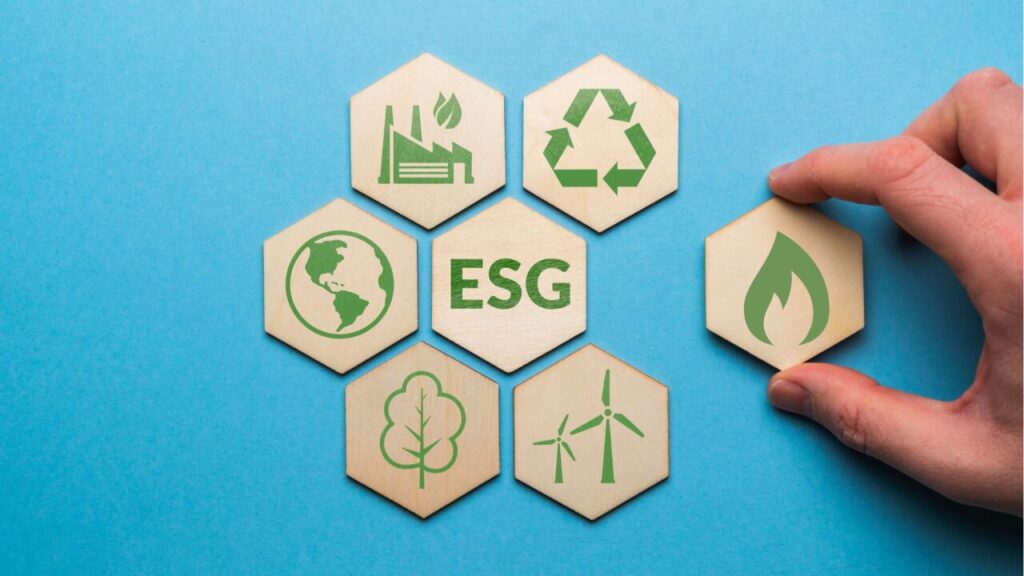
Backup power is often viewed as a necessary compromise – a reliability layer that runs counter to carbon-reduction goals. But with today’s advances in technology, sourcing, and emissions transparency, that perception is changing. When designed intentionally, backup power can become a net positive for environmental, social, and governance (ESG) performance.
Rebuttal: Data Centers as Grid Assets, Not Liabilities

A recently published New York Times article raised some valid concerns about the infrastructure demands tied to rising electricity use. But it misses a key point: not all data centers are grid liabilities. In fact, data centers with behind-the-meter (BTM) generation and a commitment to demand response or interruptible tariffs can actually help reduce stress on the grid and lower energy costs for everyone.
Rethinking our approach to the data center power-supply challenge

The repercussions of the AI revolution are far-reaching. With much of the focus centered around the data center energy demands that are pushing our grid infrastructure to new limits, there’s an urgent need for strategic energy planning to offset the rise of AI applications.
When OEM recommendations fall short: Rethinking maintenance for real-world reliability
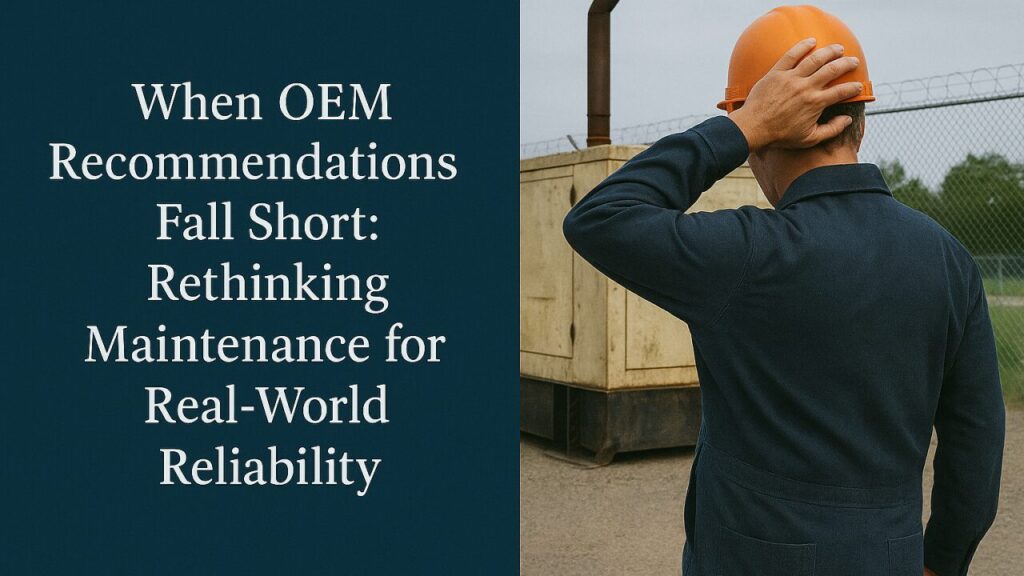
In the world of power generation, especially in mission-critical settings, manufacturers’ maintenance recommendations are just the starting point. However, in practice, these recommendations often fail to reflect the operational realities that affect generator reliability, especially when site conditions push equipment beyond design assumptions. I’ve experienced those real-world challenges first-hand, and I want to share a few best practices that can keep small issues from becoming major failures.
Rethinking the power paradigm: The case for flexible capacity as an infrastructure strategy
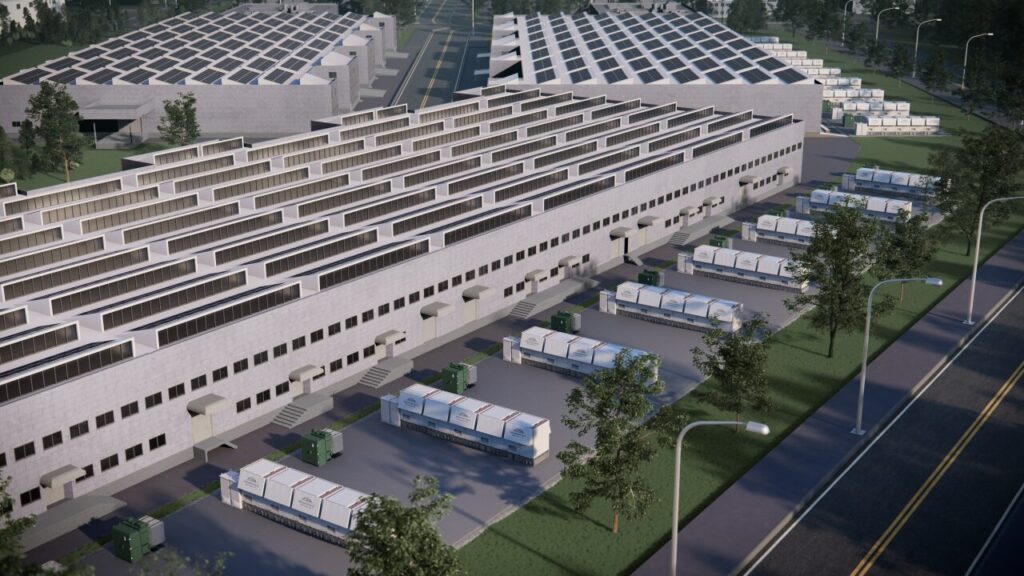
In an age where artificial intelligence (AI) is transforming everything from healthcare to logistics to national security, one question looms large: do we have the power to fuel it?
Powering AI in a climate-conscious world
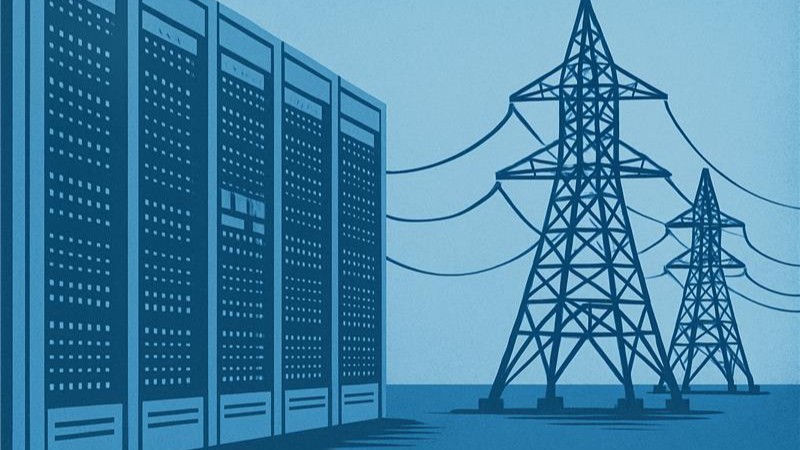
When we talk about AI and its relationship to energy, it’s a conversation that sits at the intersection of technology, sustainability, and the future of our planet. And while much of the public conversation around AI revolves around ethics, automation, and job disruption, there’s another, less visible concern rising just as fast: electricity.
The AI energy challenge: Rethinking power for the next generation
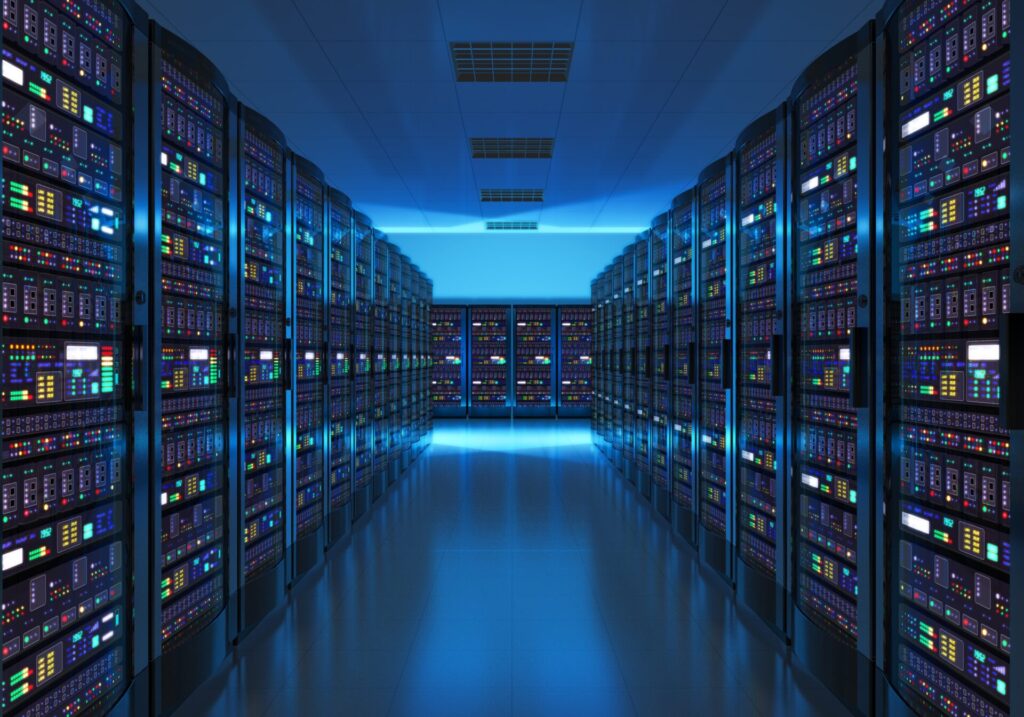
There’s a paradox that AI can transform so much of what we do, including how we can approve efficiencies in energy creation and distribution, yet AI’s energy demand is voracious. The industry must adapt, balancing rising power demands with sustainability and grid stability.
Texas’ data center surge needs a fast, flexible power solution. Natural gas microgrids can deliver.

Texas is at the epicenter of a new industrial boom — one not driven by steel mills or oil derricks, but by racks of servers powering artificial intelligence, cloud services, and our increasingly digital economy. The question is: can the grid keep up?
